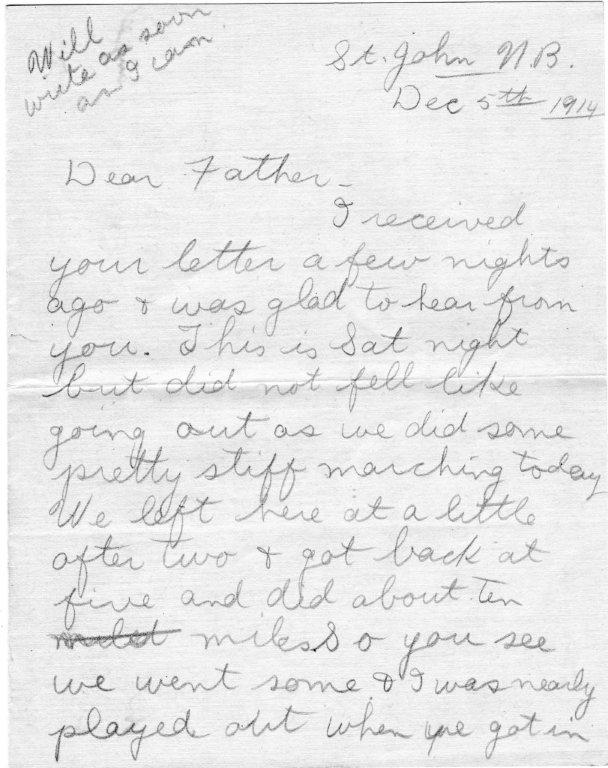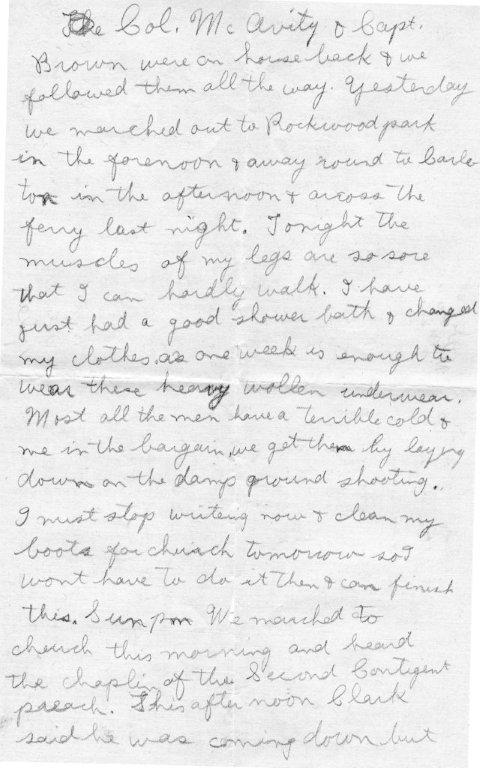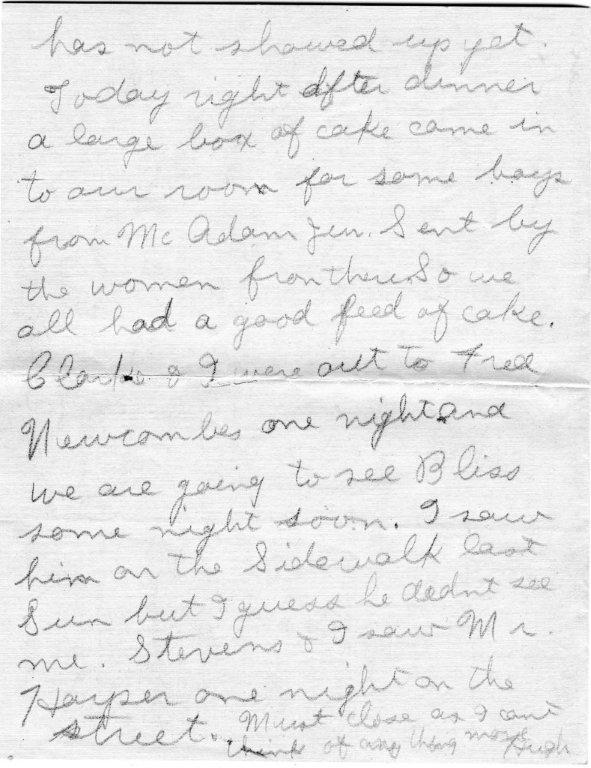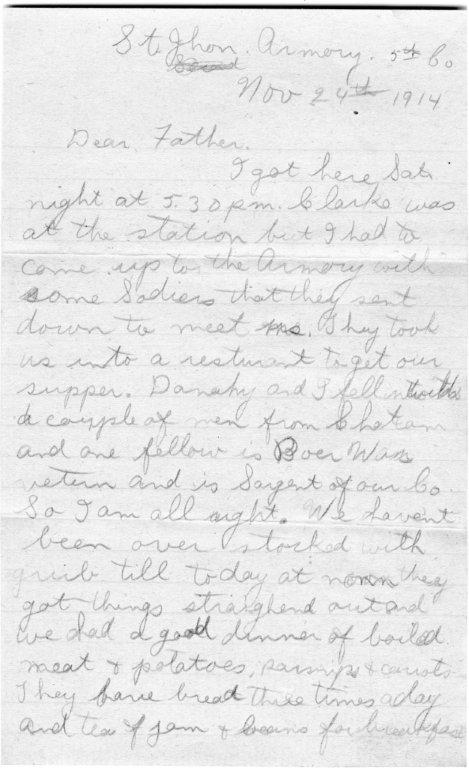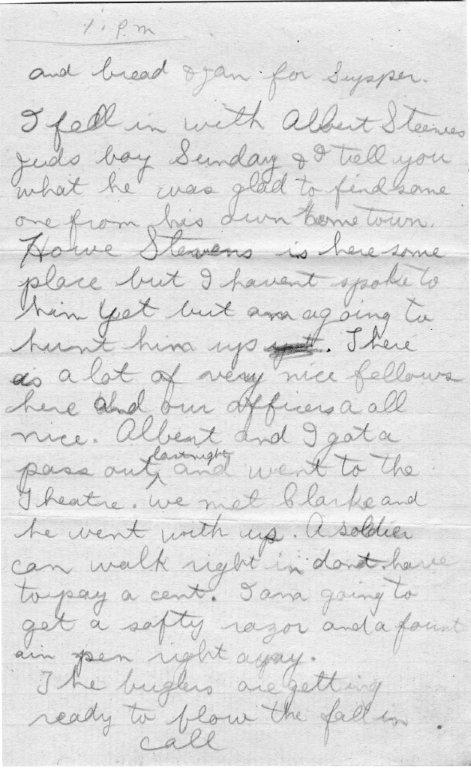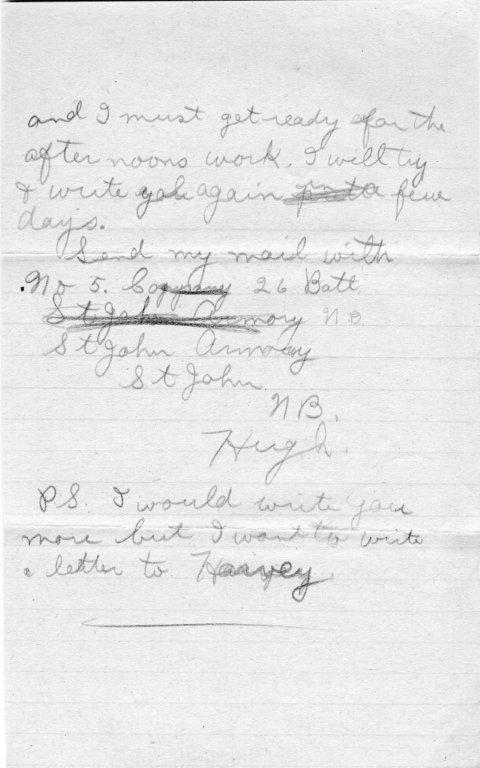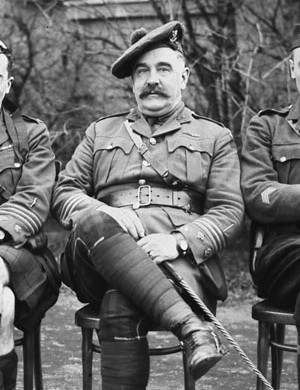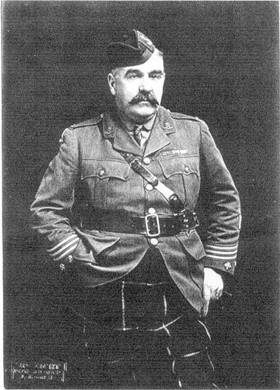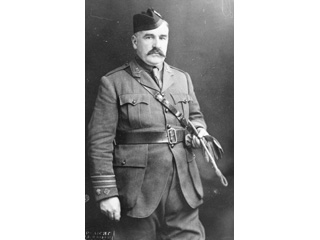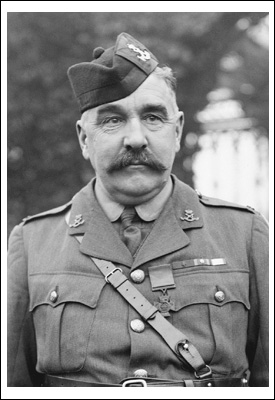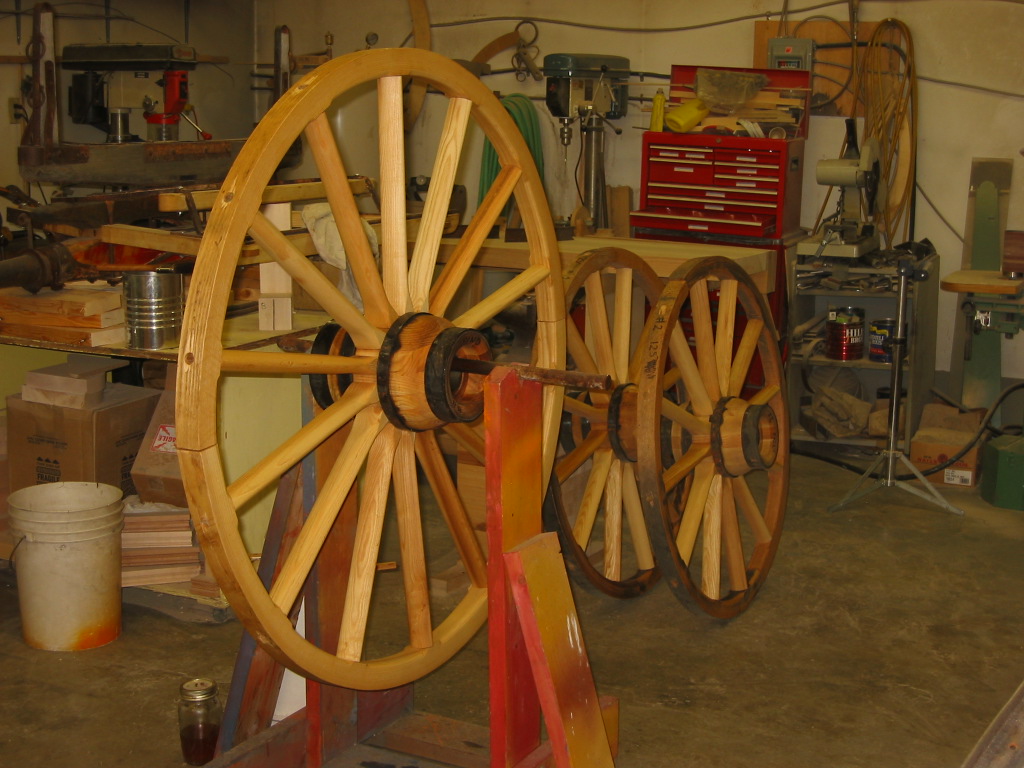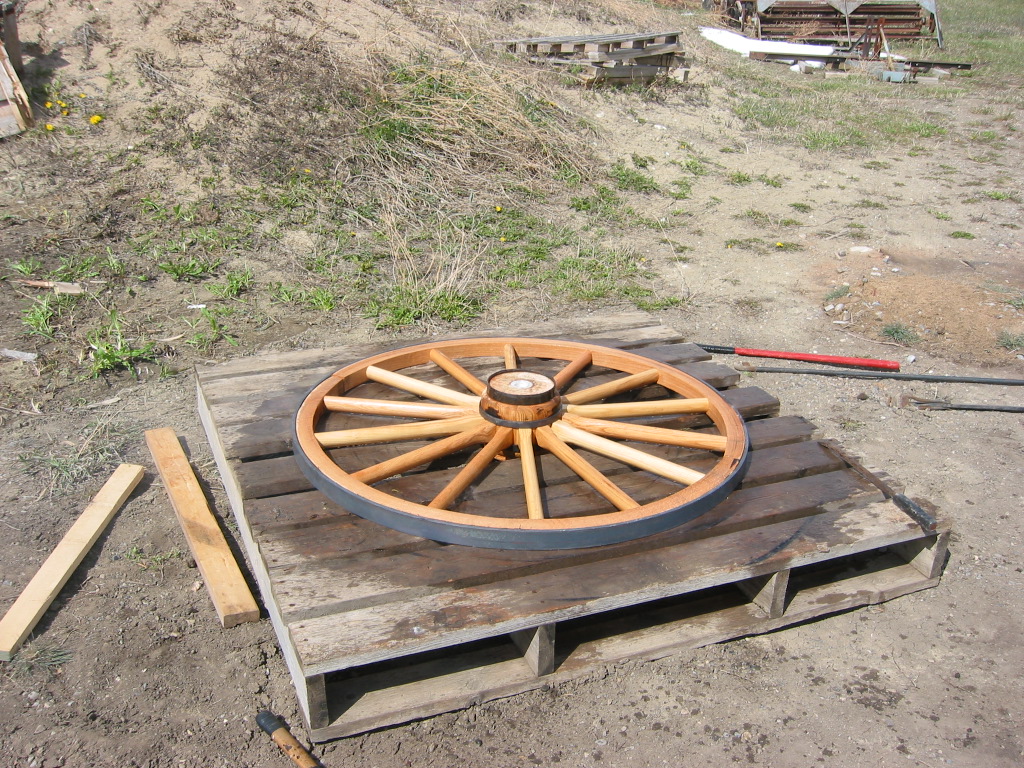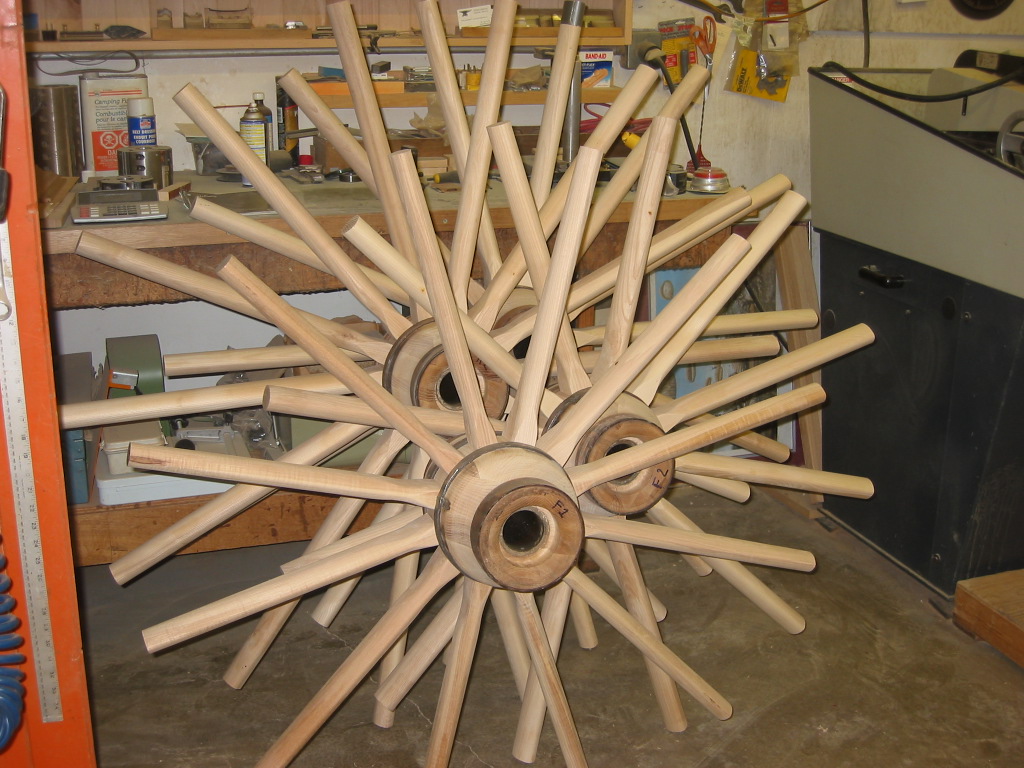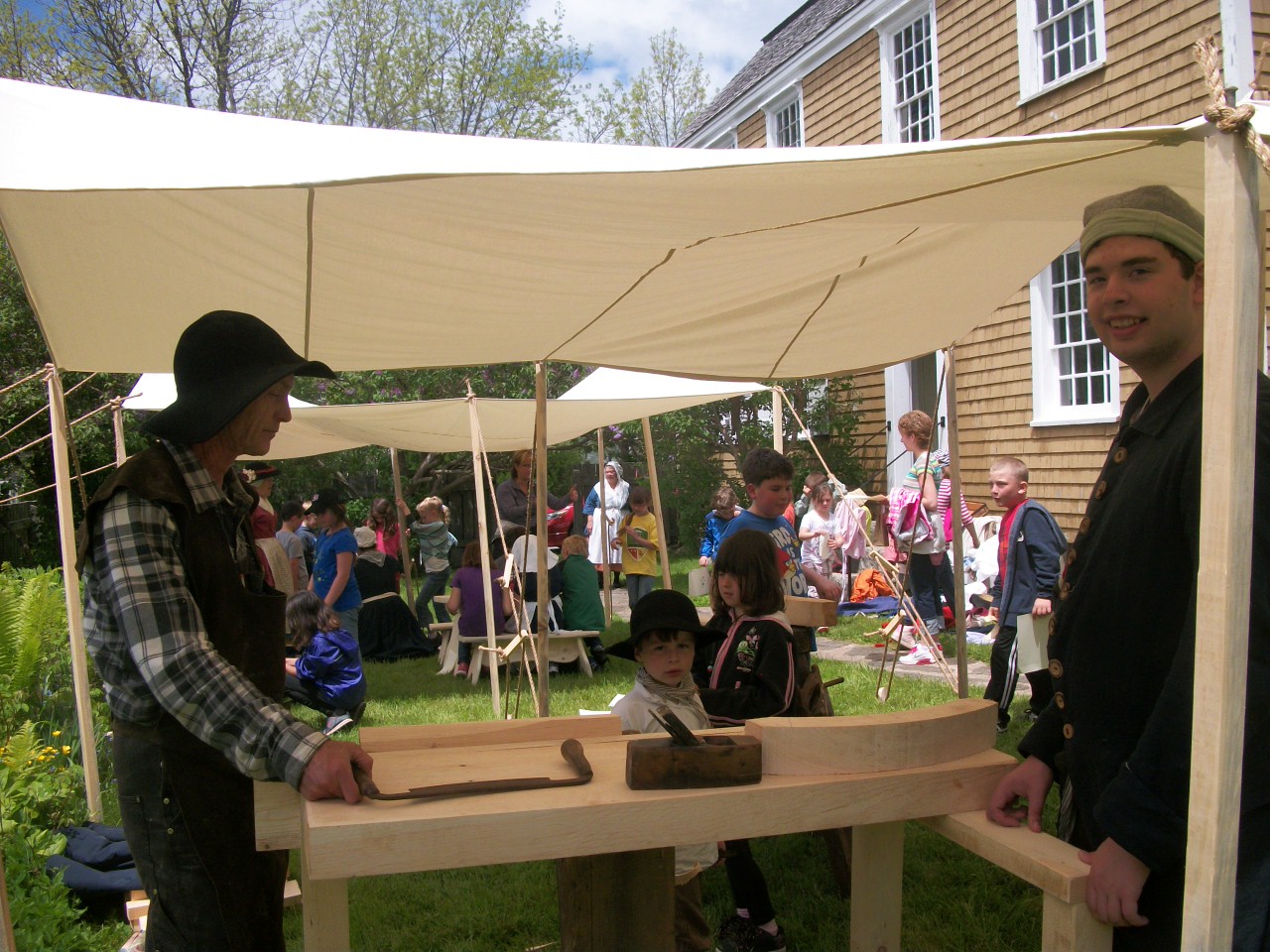The Victory Cannon Campaign ended the year on a very high note, adding over $1500 in December. The Victory Cannon Campaign now sits at $4649.70 just shy of the 1/3 mark of the $15000.00 needed to restore the cannons.
The Victory Cannon Campaign is raising funds to restore the two captured World War One cannons situated in the square in Hopewell Cape. These cannons were captured by Canadians at the famous Battle of Vimy Ridge, and were awarded to the people of Albert County.
The larger of the two cannons, the mighty 110mm K14, is probably one of the most important War Trophies in existence in Canada. The K14 was captured by the 27th Battalion on April 9, 1917, during the attack at Farbus, near Vimy Ridge. Through the War Diaries of the 27th Battalion you can read about the exciting capture of the cannon, from Bandman Patty Smith playing the regimental march on his piccolo throughout the attack, to the last final 50 yard charge to over-whelm the cannon firing point-blank muzzle rounds. The detail of the capture is so accurate that we can pinpoint the location of the gun today on Google Earth with the exact coordinates given in 1917. It's an astounding story of courage and bravery.
Now as amazing story as that is, it gets better, with how the K14 cannon got to Hopewell Cape. As the War came to a close in 1918, the government still had the enormous costs of repatriating and settling the men who fought, so they ran a final Victory Loan Campaign. The 1919 Victory Loans Committee created goals for each area of the country to meet to raise the monies necessary. They also created a number of incentives to encourage people to meet these goals, one such incentive was the awarding of a War Trophy to the area that raised the most money over their set target. One prize was to be awarded to each province. The Victory Loans Committee set a goal of $110000.00 for Albert County, which is a sizable sum for 1919. (This would be equivalent to $2.2 million today (According to Bank of Canada Inflation index)). Albert County not only raised the set goal but surpassed it by $207000.00 for a final total of $317000.00. (In today's dollars $6.5 million) This was with a population less than 10000 people! The people of Albert County surpassed their set goal by the largest percentage of any area in the province, and were award the War Trophy, the 110 mm K14 cannon! What a testament for the people of Albert County!
That's not all though! It turns out that the K14 cannon is extremely rare, in fact there are only 7 left in the entire world!
Now that's a story worth saving!
You can donate online to the Victory Cannon Campaign here, and best of all you'll be sent a tax receipt! Click Here to Donate!
